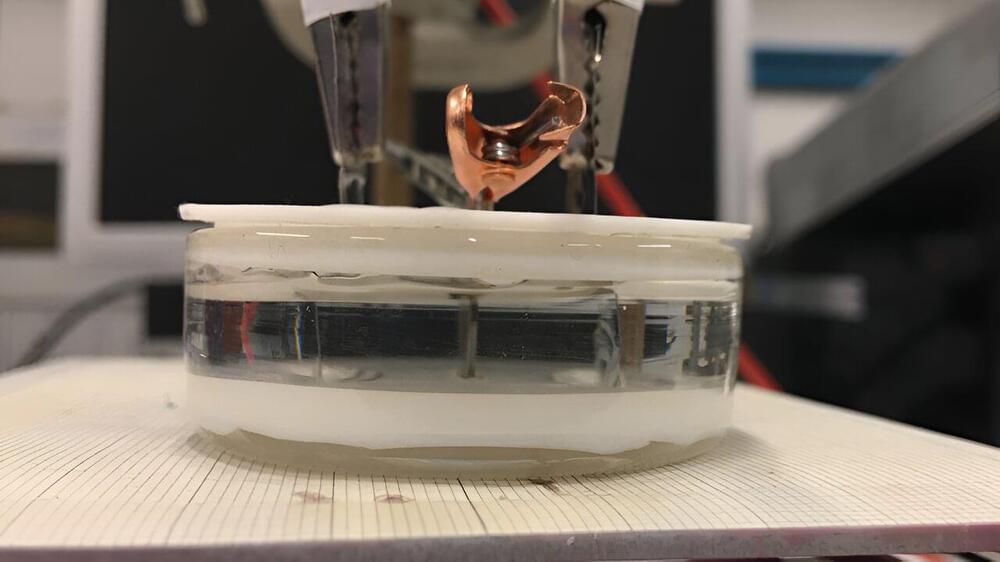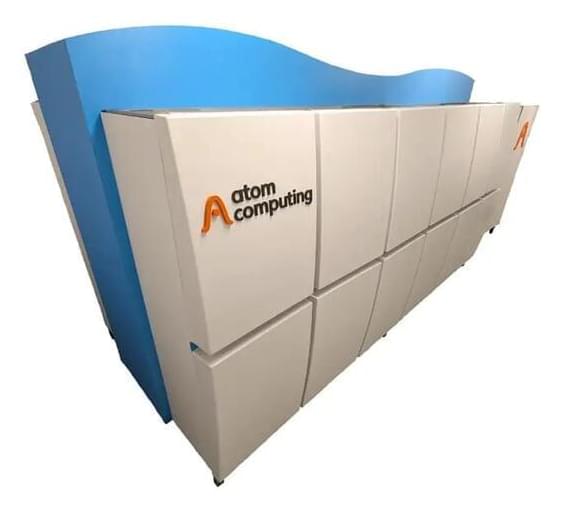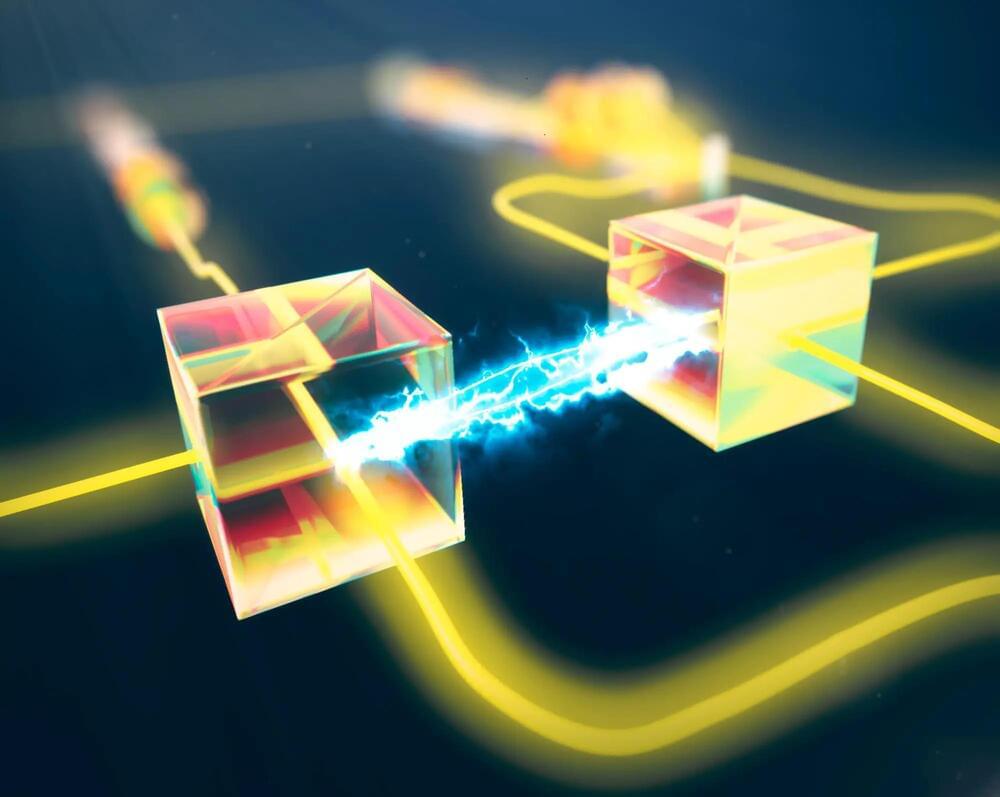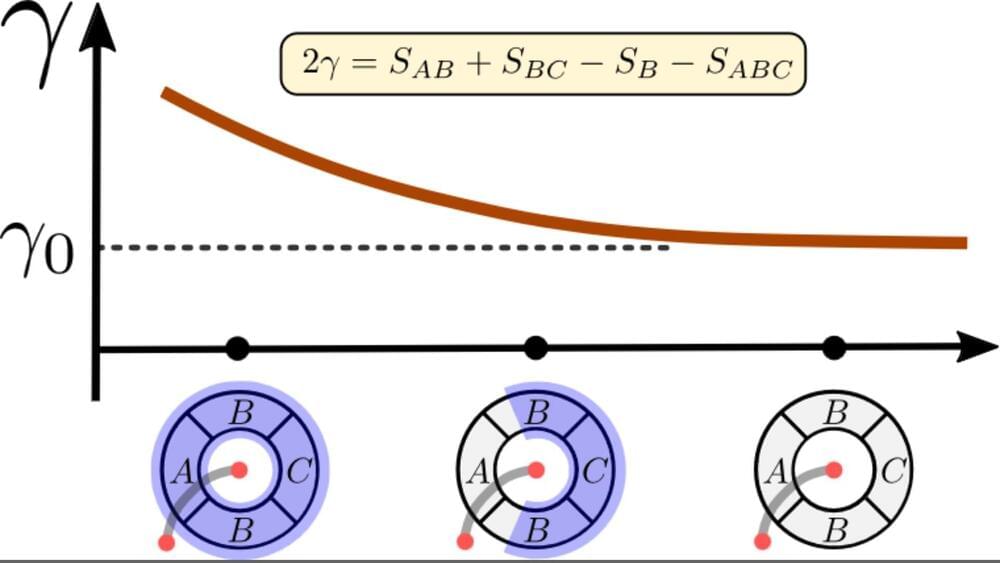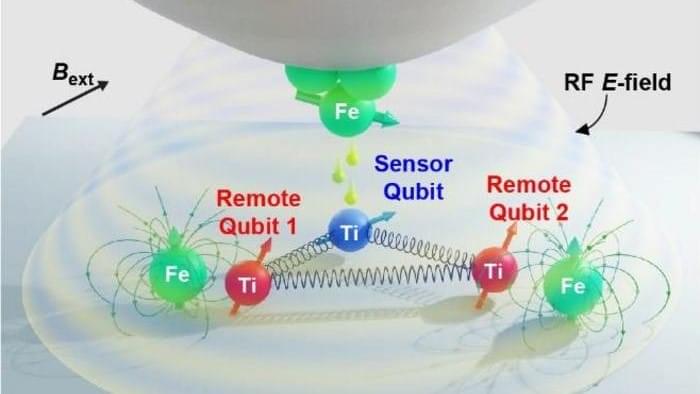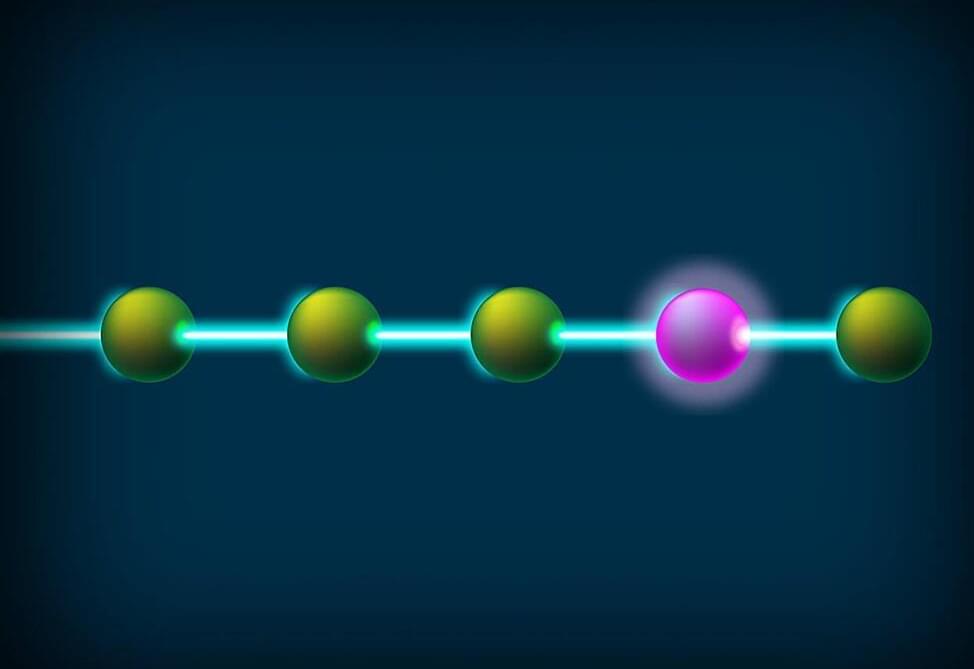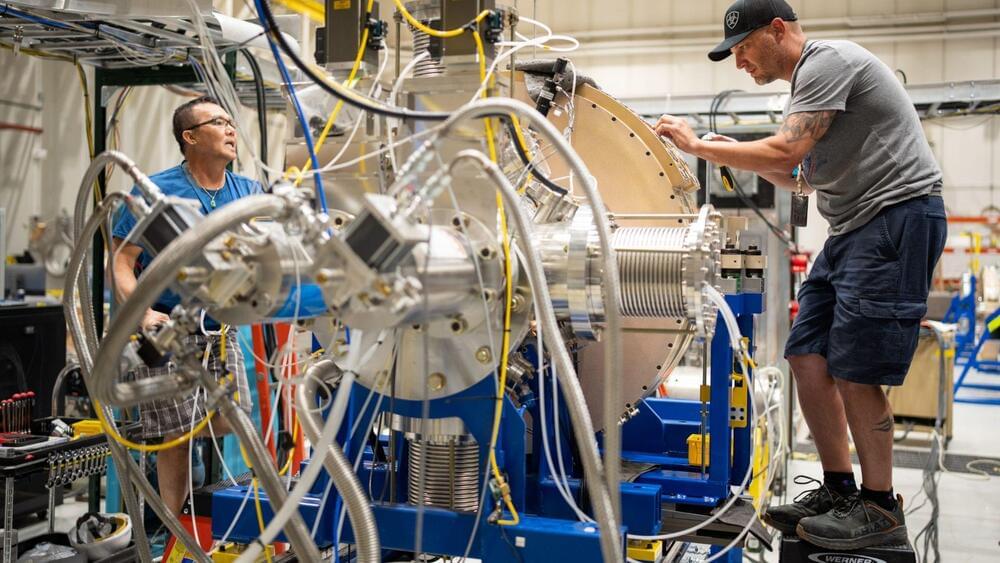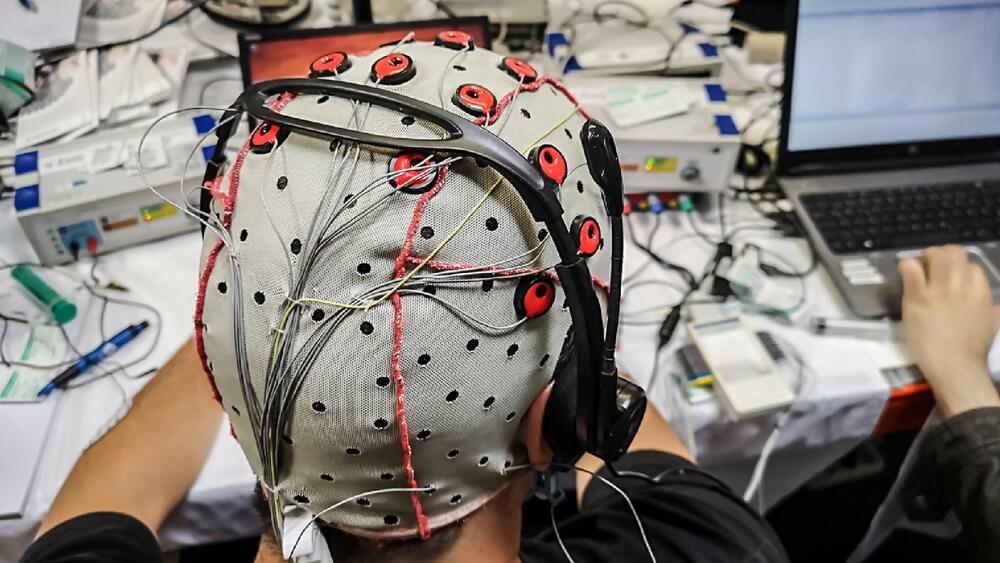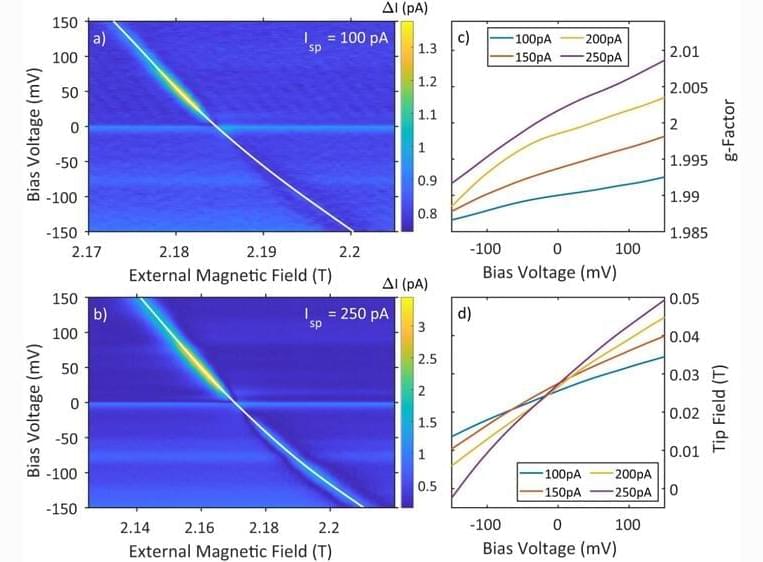Oct 30, 2023
First-ever wireless device developed to make magnetism appear in non-magnetic materials
Posted by Saúl Morales Rodriguéz in categories: biotech/medical, computing
Researchers at the UAB and ICMAB have succeeded in bringing wireless technology to the fundamental level of magnetic devices. The emergence and control of magnetic properties in cobalt nitride layers (initially non-magnetic) by voltage, without connecting the sample to electrical wiring, represents a paradigm shift that can facilitate the creation of magnetic nanorobots for biomedicine and computing systems where basic information management processes do not require wiring.
The study was recently published in the latest issue of Nature Communications.
Electronic devices rely on manipulating the electrical and magnetic properties of components, whether for computing or storing information, among other processes. Controlling magnetism using voltage instead of electric currents has become a very important control method to improve energy efficiency in many devices, since currents heat up circuits. In recent years, much research has been carried out to implement protocols for applying voltages to carry out this control, but always through electrical connections directly on the materials.
